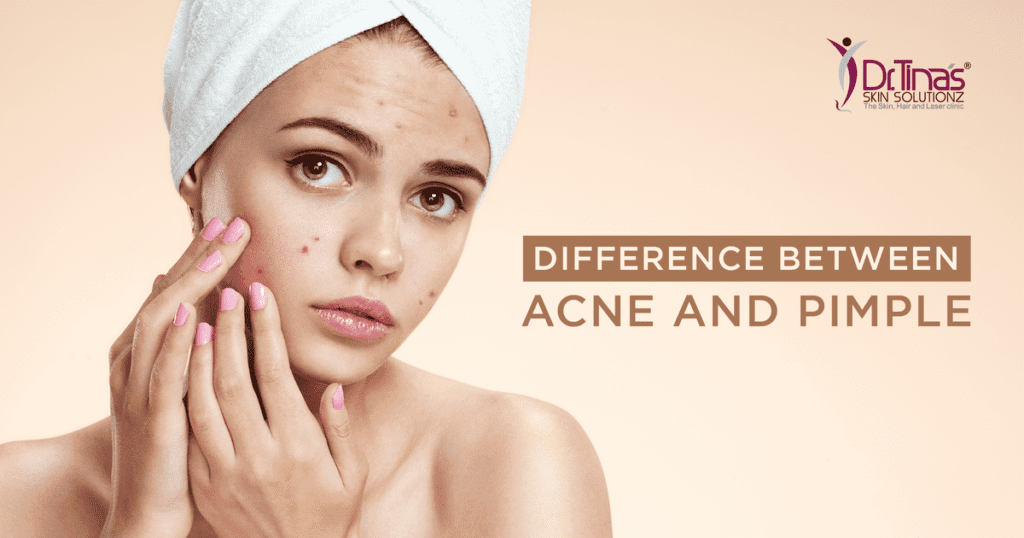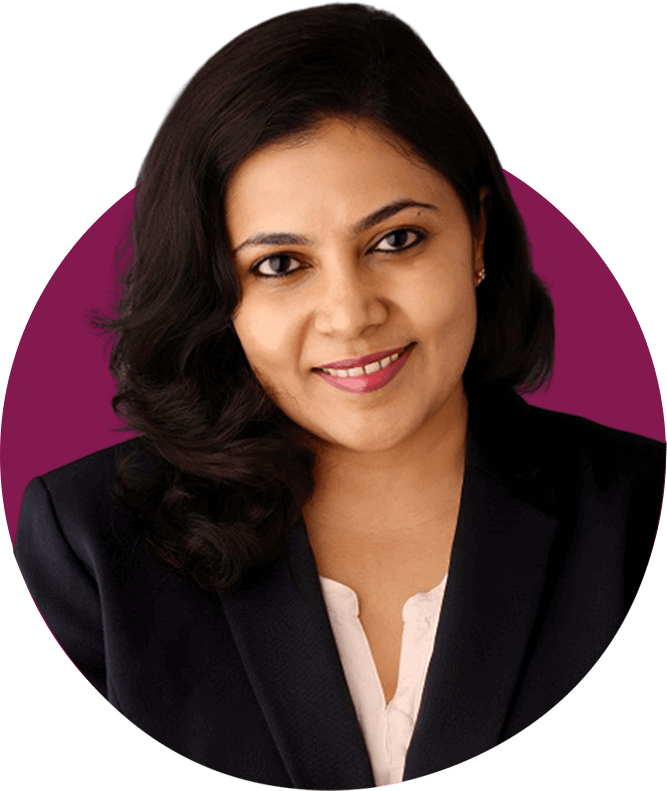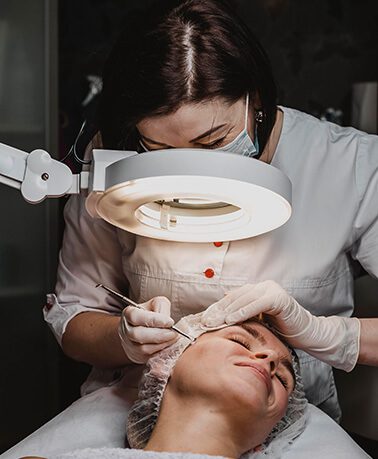Acne vs Pimples: Do You Know The Differences?

“Oh dear, there’s a new pimple on my forehead!”
Is it a zit? acne? pimple?
Contrary to what is commonly believed, zit, acne, and pimples – are not synonymous. As any qualified dermatologist would confirm, the acne condition has multiple types and there are different types of acne treatment in Bangalore.
1) Grade 1 – blackheads or white heads which are medically called as comedones
2) Grade 2 – reddish painful or painless boils – which are called pimple at this stage
3) Grade 3 – painful pus filled boils – which are called as pimples also at this stage
4) Grade 4 – Bigger cyst like nodules
How Does Acne Form on Skin?
The human skin has pores, which, in turn, are connected to the sebaceous glands (also known as ‘oil glands’). These glands are attached to the hair follicle and open through this onto the skin When these follicles and pores get clogged due to accumulation of dead skin cells and sebum, acne problems crop up. Presence of bacteria in the blocked skin pores cause redness and inflammation.
If acne is the skin disease, pimples can be referred to as symptoms of this disease. When the oil-clogged pores get ruptured, red and pus-filled lesions are formed, which are known as pimples. Bacterial growth takes place in the ruptured pores – causing further complications.
Types Of Acne Vs Types Of Pimples
Based on their nature and appearance (and the associated pain factor), acne problems can be divided into different types. The relatively common and less serious forms of acne are blackheads and whiteheads (alternatively known as ‘closed comedones’). When the underlying plugs that cause skin pore clogging get oxidised due to external exposure, blackheads are formed. ‘Nodules’ and ‘cysts’ are complicated, and generally painful, types of acne.
Pimples, on the other hand, are broadly classified under two heads – ‘papules’ and ‘pustules’. The former are the relatively small pimples which are not very problematic, and can be treated fairly easily. Pustules, however, are the pus-engorged and heavily swollen pimple varieties. In order to treat these, consulting a good skin doctor is highly advisable.
Causes of Acne
Some people have acne-prone skin, some people don’t. However, excessive production of sebum is generally the root cause for acne breakouts. From hormonal imbalances (puberty or pregnancy or irregular menstrual cycles, for example), to bacterial infections, corticosteroid and anabolic steroid side-effects, to exposure to heavy humidity, following an unhealthy/irregular food routine, and frequent usage of oil-based makeup & cosmetics can cause acne to flare up.
The underlying causes of pimples are mostly overlapping with those of acne. Pollution, genetic issues, too much of sebum production and other factors can cause pores to get clogged with impurities/hairs/bacterial matter. The key lies in understanding the actual cause of the acne and pimple attack, and following skincare regimen and treatment methods accordingly.
Recommended Reading: Acne Care: Do’s & Don’ts
The Different Types Of Acne
Before proceeding to the treatment procedures for different kinds of acne and pimples, it is important to understand the various grades of acne. Grade I acne is the phase where there are no boils, but the affected area develops the tendency to get acne.
Grade II acne is when pimples start to appear. These can be painful, inflamed and reddish/pinkish in appearance. Apart from previously mentioned causes, things as commonplace as not having adequate sleep and/or a habit of regularly consuming junk food, or even a waxing/threading session, can cause acne problems to crop up.
As pus gets accumulated in the pimples, Grade III acne raises its ugly head. There can be secondary infections at this stage as well. Dermatologists typically recommend treatment procedures with retinol, benzoyl peroxide, dapsone and adapalene. A note of caution though – indiscriminate use of clindamycin (which is rather common) can be counterproductive.
Pimple & Acne Treatment Tips
Neglecting persistent acne problems, or simply considering them as ‘just an age-related thing that will go away on its own’ are mistakes that many people make. Acne and pimples can leave scars and blemishes on the skin, which can even be irreversible. That’s precisely why it is important to seek medical help to get rid of the problem.
In this section, we will turn our attention to some effective acne and pimple treatment tips:
Keep the Face Clean and Moisturised
Accumulation of dirt, excessive oil and dead skin cells are the biggest causes of acne issues. Make it a point to regularly wash your face & pat dry – and use a mild, non-comedogenic moisturiser everyday to keep the skin hydrated.
Maintain A Healthy Lifestyle
The importance of a nice & balanced lifestyle for preventing skin-related problems can hardly be overemphasised. Stay away from excess stress, make sure that you drink 3-4 litres of water daily (that will keep your skin detoxified), maintain a healthy diet (multivitamins can also be taken as supplements), get adequate sleep daily (at least 6-8 hours daily), and exercise regularly. You’ll feel fresh, and your skin will retain its glow.
Avoid Heavy Makeup and Follow The ‘No-Hands’ Rule
If you wish to stay away from acne and pimple-related problems, application of heavy and greasy makeup products should be an absolute ‘no-no’. In case you do apply makeup, carefully remove it before going to sleep. In addition, control that urge to pinch or squeeze face zits. Doing so can cause skin infection to spread and/or can also cause scar formation.
Consult An Expert Dermatologist
While OTC products with salicylic acid, retinoids, benzoyl peroxide and other related components are easily available – applying them without consulting a skin specialist is not advisable. Apart from regular medications and antibiotics, a dermatologist can also recommend laser procedures, chemical peels, cryotherapy and other advanced acne/acne scar treatment methods.
Having a clear idea about the differences between acnes and pimples is important for understanding the type of skin treatment required to get rid of the problems effectively. In addition, you should also be aware of the fact that not all reddish boils on the face are acne. For example, the ‘acne rosacea’ condition – which causes the blood vessels of the face to become visible – is not a type of acne as such. There can be other skin problems, like ‘sycosis barbae’ and ‘gram negative folliculitis’ as well. Skin diseases in general, and acne & pimples in particular, can be immensely irritating – and can eat away at a person’s self-confidence. Getting in touch with a reliable skin care clinic is of essence, to get lasting relief from these pesky skin issues.

Dr.Tina Ramachander is one of the best dermatologist in Bangalore and Medical Director at Dr.Tina’s Skin Solutionz, a skin care clinic in Bangalore. She completed her master’s in dermatology from the well acclaimed JJM Medical college in Karnataka and is now a practicising dermatosurgeon and Medical Cosmetologist in Bangalore.

